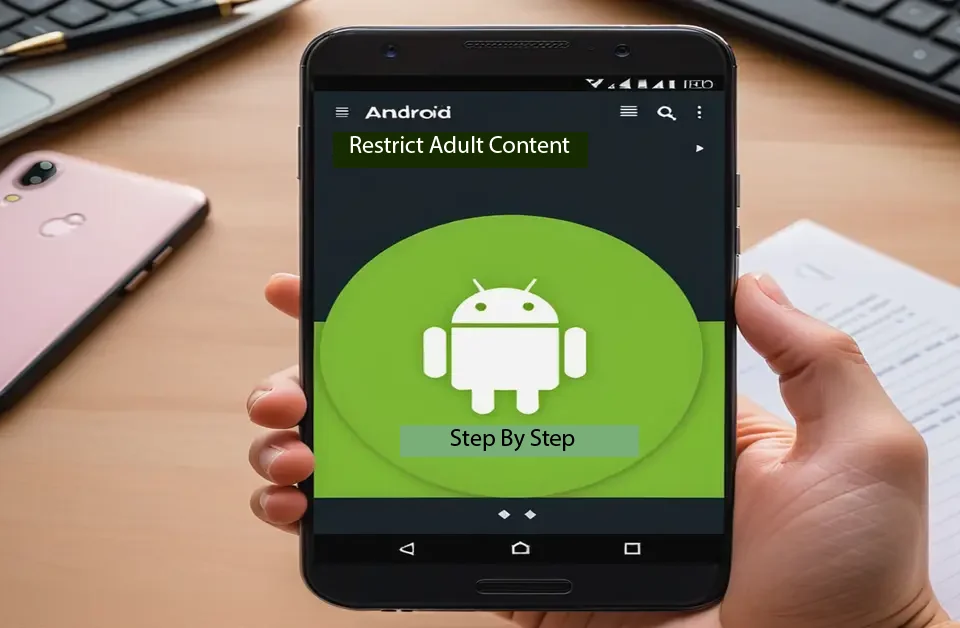
Top Blood Pressure Monitors for Heart Health and Wellbeing
March 19, 2025
Best Telephones for Hard of Hearing: Clear Calls, Loud Ringers & User-Friendly Designs
April 11, 2025Phishing scams have become a prevalent threat in our increasingly digital world. Criminals use these deceptive tactics to steal sensitive information such as passwords, financial details, and personal data. These scams are cleverly disguised as legitimate communication from trusted institutions, making it crucial for everyone to remain vigilant and informed. This article provides practical advice, examples, and preventive measures to help you protect yourself from phishing scams.
What Are Phishing Scams?
Phishing is a cybercrime in which scammers impersonate legitimate entities to trick individuals into sharing private information. This often happens through emails, phone calls, or text messages that appear genuine but are specifically designed to deceive. Once scammers gain access to your information, it can lead to unauthorized transactions, identity theft, or even financial loss.

Common Characteristics of Phishing Scams
While phishing attempts can vary, they often share similar traits:
- Fraudulent communications posing as trusted organizations, such as banks, delivery services, or government agencies.
- Requests for urgent action include clicking on a link to verify your account or downloading an application to “improve security.”
- Poor grammar, unusual language, or suspicious email addresses that don’t match the sender’s claimed identity.
- Links direct you to fake websites resembling authentic ones, designed to capture your login credentials or personal data.
Real-Life Examples of Phishing Scams
To better understand how phishing works, here are some common scenarios:
1. Fake Tech Support Email: You receive an email claiming to be from a well-known tech company, stating that there’s been “suspicious activity” on your account. The email contains a link asking you to log in to secure your account. Once you click and enter your credentials on the fake website, scammers access your account.
2. Bank Fraud Call: A scammer impersonates a bank employee and tells you your account is at risk. To “verify your identity,” they ask for sensitive details such as your account number or PIN. They might also instruct you to download a malicious app to improve your account’s security.
3. Suspicious SMS About Deliveries: A text message claims that a package delivery is on hold due to unpaid charges. It includes a link to pay the fees online. Clicking the link will direct you to a fraudulent payment page that will collect your credit card information.
How to Protect Yourself
Phishing scams are often convincing, but there are several ways to safeguard your information and avoid becoming a victim:
- Verify the Source: If you receive an unexpected email, text, or phone call, take a moment to verify the sender. For example, if you receive a call claiming to be from your bank, hang up and call your bank’s official customer service number to confirm the communication’s authenticity.
- Avoid Clicking on Links: Never click on links in unsolicited messages. If an organization asks you to download an app or visit a website, always go directly to their official website instead of using the provided link.
- Use Strong Security Measures: Create strong, unique passwords for your accounts and enable two-factor authentication (2FA) wherever possible. 2FA provides an additional layer of security by requiring a second form of verification, such as a text message or authentication app.
- Recognize Red Flags: Be cautious of communications urging immediate action, especially those with dramatic language like “Act now to avoid suspension!” Legitimate organizations do not create panic or ask for sensitive details via email or phone.
- Stay Informed: Educate yourself on the latest phishing techniques. Cybercriminals frequently adapt their methods, so staying updated can help you identify new tactics.
- Report Suspicious Activity: If you encounter a phishing attempt, report it to your email provider or local authorities. Many email platforms allow you to mark messages as phishing, which can help prevent others from falling victim.
Key Takeaways
- Think Before You Click: Always double-check emails, calls, or messages asking for sensitive information.
- Verify Identities: Contact organizations directly to confirm communication legitimacy.
- Secure Your Accounts: Use strong passwords and enable two-factor authentication.
- Be Aware of Urgency Tactics: Don’t let a sense of urgency cloud your judgment.
Summary
Phishing scams are a growing concern, but by staying cautious and informed, you can protect your personal and financial data. Remember, legitimate organizations will never ask for sensitive information like passwords or credit card details via email or phone. Taking a moment to verify the sender or caller can save you from potential fraud. Stay vigilant, stay informed, and stay safe!




